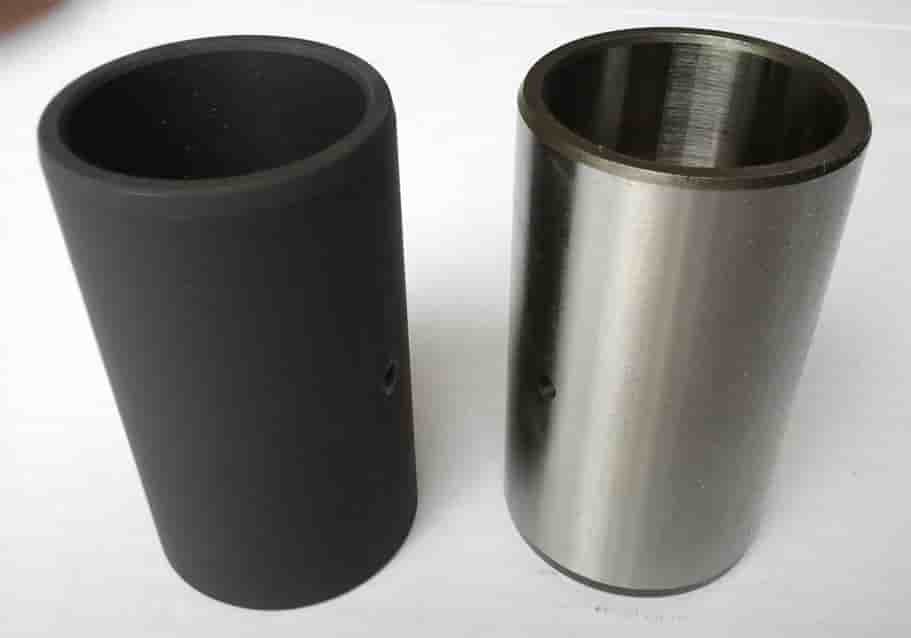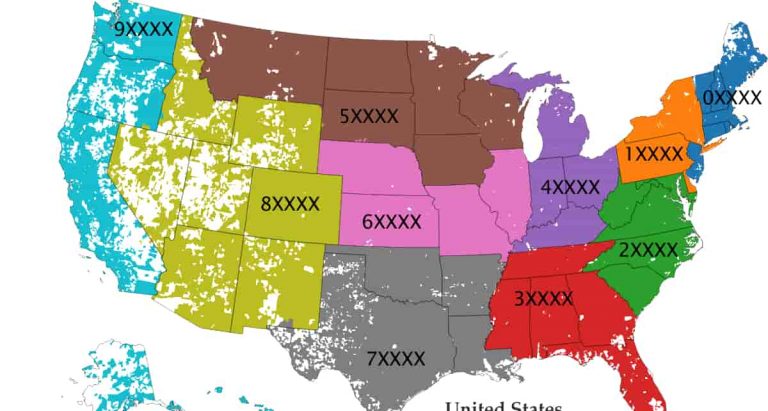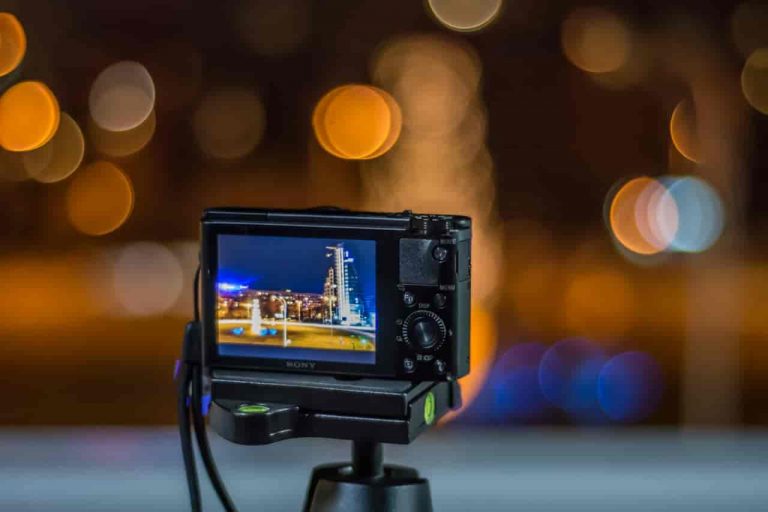Understanding the Black Parkerizing Process
Black Parkerizing is a chemical process that allows zinc to become transparent when exposed to an oxidizing agent. Zinc (or sometimes copper) has long been known as the “longevity metal” due to its excellent antioxidant properties.
This new property, which was discovered over 100 years ago, allows for a greater level of visibility and control over a pigment color with a lower cost of production. This method is used in many industries, including automotive bodywork, textiles, jewelry, leather, and paint.
The film is instrumental in black on black finish auto paint because it is almost transparent yet adds an aggressive layer of color that prevents further oxidation after the paint has dried.
Black Parkerizing Process
Black Parkerizing is the process of blackening or darkening an alloy to make it more resistant to corrosion and inflexible to wear. Its purest form is simply a method of treating zinc with a coating and leaving the final product untreated.
This is not unique to zinc; however, it is common practice to treat steel with Parkerizing substances. The real property of zinc itself makes this process advantageous; while it is incredibly responsive to stress and heat, it tends to bond better to its metal substrate.
There are two primary methods for blackening steel:
- Galvanizing
- Electrochemical
Galvanizing
Galvanizing involves passing an electric current through a charged object, which causes the thing to become hot. During this heating process, the object’s electrons become excited or “pumped,” causing an electrochemical current.
This current is then used to transfer a phosphorous coating to the steel, creating the stunning rainbow-coloured layer on steel characteristic of galvanized coatings.
The only problem with this conversion coating is that it can damage over time, creating a too-soft surface for the typical applications in which it is used.
Electrochemical
On the other hand, electrochemical conversion coatings use a different kind of active material to create the rainbow layer on a steel surface.
Instead of passing electricity through the steel, it passes a chemical treatment, creating a cross-linking agent between the steel and the coating.
Because this process does not involve passing heat through the metal. It is often more effective than galvanized Parkerizing in applications where less heat is needed, like in electrochemical applications and bumpers.
It is also frequently less expensive than galvanized parkerizing.
Black Parkerizing Solution
Whether you own a small to the medium-sized vehicle or are looking to replace an entire car’s paint job, the Black Parkerizing Solution is a must-have.
The product is created by mixing epoxy polymers with specially-formulated water droplets that bond with the paint’s topcoat. When these droplets touch the paint, they quickly form a chemical bond that bonds the vinyl to the metal surface underneath – creating a tough layer of colour that will repel dirt and damage without developing any additional scratches.
In addition to its deceleration properties, Black Parkerizing Solution is also known for its invisibility property, meaning that it will not affect the brightness or colour of the vehicle’s paint job.
The Black Parkerizing Solution comes in two versions:
- Spray version
- Aerosol version
Spray Version
The first, a spray version, is used to protect the surfaces of bumpers and grills.
Aerosol Version
The second, an aerosol version, is used to protect the paint on bumpers, as well as plastic parts of bumpers and the underside of the vehicle’s door handles.
Either version can be mixed to create a thick, paste-like substance that will form a protective coat over the bumpers and other exposed areas.
The Black Parkerizing Solution is available from a handful of suppliers online. The easiest way to purchase it is by buying a ready-to-spray bottle at your local DIY store or auto part supply.
Alternatively, the easiest way to find supply sources for this unique paint is to use your favorite search engine and look for retailers that sell both aerosol and spray cans of the product.
In addition to finding a large selection of retailers selling the product, shopping online gives you the added benefit of being able to read customer reviews and compare prices easily.
Black Oxide vs Parkerizing
The difference between these two paint mediums is quite evident when you compare the properties that they can add to your projects.
Black Oxide Vs Parkerizing:
This particular comparison is not about which one is better but more about the process of how you are going to use it. If you are beginning to learn about how to paint with black oxide, then this post will give you some basic insight into how this medium works.
When you use black oxide for the first time, then you will notice that the black colour sticks to the surface of whatever you are painting. This is because the pigment in the black is already soluble in the oil/water mix.
Therefore, when you apply the paint, it will adhere to the surface because it is soluble. It is much the same way as water will adhere to a wet surface. However, this does mean that applying this paint to a flat surface such as a metal surface can create a bumpy texture.
You can overcome this texture by applying the paint on the surface at an angle and working it inwards.
Black oxide can form a layer on the surface as long as it is exposed to the air. Because of this feature, you should be aware that if you are painting a flat piece of metal and then covering it with this type of paint and allowing it to dry completely, then the metal will have a raised texture.
This texture can be removed by either sanding or a heavy brush with mineral spirits. Parkerizing, on the other hand, is a process where the oil base colour is chemically bonded to the surface via a catalyst. The colour will stay on the metal throughout the drying process.







